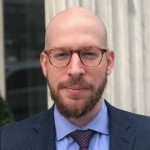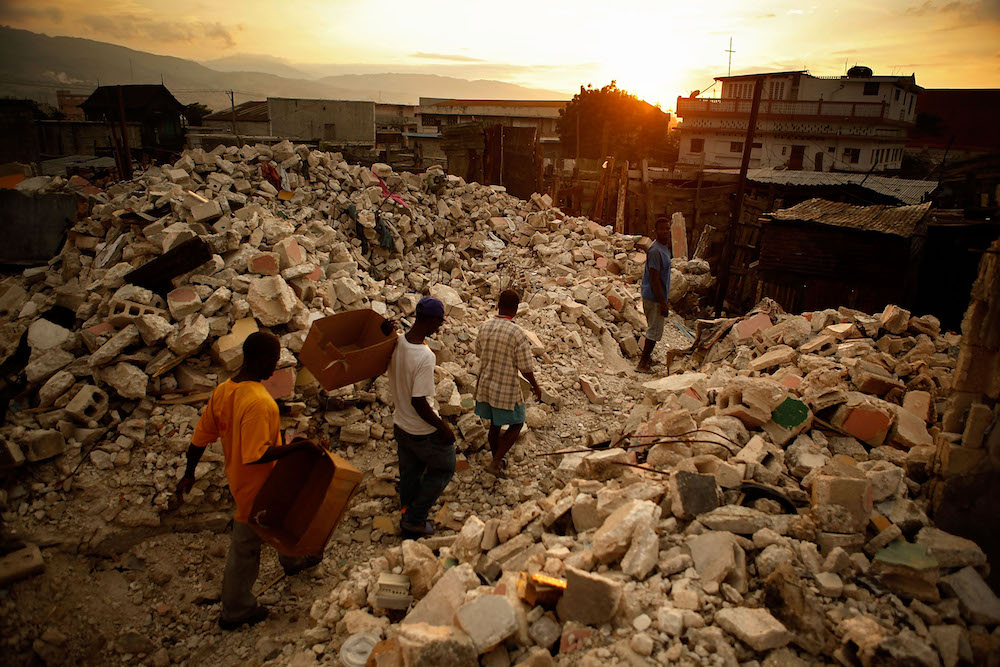Click here to read more of the decade’s 10 biggest stories.
WHO WAS INVOLVED: Nature, the Haitian population, the international community.
WHAT HAPPENED: It was almost 5pm on a warm January Tuesday in 2010 when Haitian history took an abrupt turn. A 7.0 magnitude earthquake with an epicenter just outside the capital Port-au-Prince — and its more than 50 aftershocks – ravaged the poorest nation in the Western Hemisphere to an extent that 10 years later is still difficult to determine.
The estimated death toll varies enormously. In the initial weeks, the Haitian government reported that 230,000 had died, a figure updated the following year to 316,000. A USAID report in 2011 put the number between 46,000 and 85,000. The most credible study may be a statistical analysis published in the Journal of Medicine, Conflict and Survival, which concluded that during the quake and in the six-week period afterwards around 160,000 Haitians died due to injuries and illness — 1.5% of the country’s population (the equivalent of 4.95 million Americans).
The report also concluded that 24% of homes were “completely destroyed” and a wave a violence, including more than 10,000 cases of sexual assault, swept the country in the following two months.
The earthquake in Haiti also had broad regional consequences. In the years following the tragedy, a wave of refugees reached several countries in the Americas – from the United States and Canada to Chile and Brazil. According to one report, over 100,000 Haitians went to South America in the five years following the earthquake.
WHY IT REALLY MATTERED: Earthquakes are a natural disaster, but Haiti’s devastation was worsened by manmade problems – poverty, state failure, political instability and corruption.
One year after the tragedy, authorities were still pulling bodies from the rubble and 1.5 million people were living in tent camps as a cholera outbreak — likely imported by UN peacekeeping troops from Asia — consumed more lives. The United Nations had increased the number of troops to around 10,000 and was able to maintain the peace, but critical governance problems became even more acute.
The international community pledged $9.5 billion in the following three years, but only a portion of the money was spent and mostly through multilateral agencies and global NGOs. Less than 10% of the relief spending went through the Haitian government, with donors concerned about rampant corruption and lack of institutional capacity.
One separate donor, however, did not circumvent the Haitians: Venezuela, which poured a fortune in subsidized oil and loans through Petrocaribe. In 2018, local media reported that at least $2 billion of that money had gone missing — a scoop that triggered a wave of protests that is still shaping the political environment in the country. Anger against corruption, scarcity of basic goods and inflation continues to inflame Haitian politics and six months of protests and violence in 2019 left at least 20 deaths.







